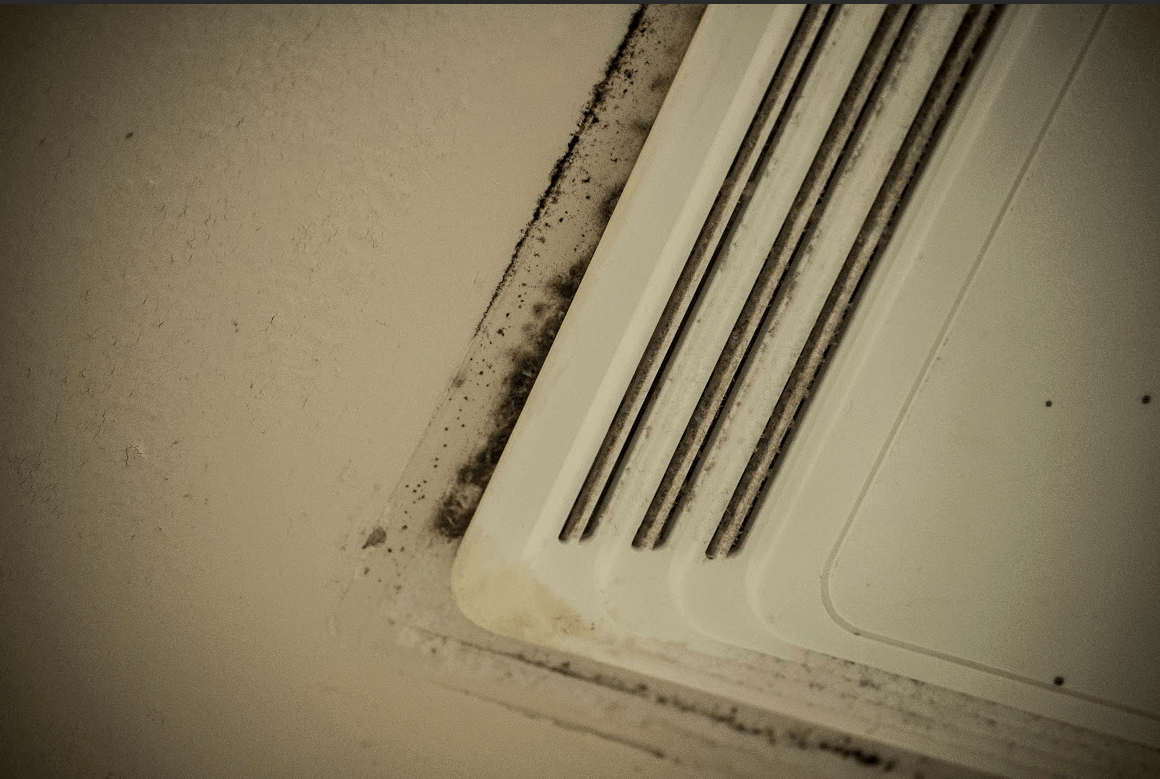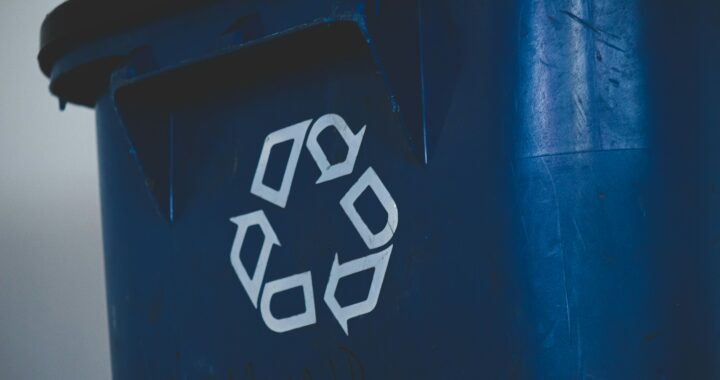Black mold puts damper on Alvey Hall residents, causes concern
3 min read
Alex Sakes / The Blue & Gray Press
By KELLY EMMRICH
Leaving the air vent on in the bathroom, scrubbing mold from the shower and possibly dealing with symptoms similar to seasonal allergies or the common cold are among the issues that residents of Alvey Hall collectively experience.
These experiences are due to black mold, which has recently gotten the attention of maintenance services, residence life and emergency services due to work orders being submitted by students.
A persistent cough and a runny nose can easily be disregarded as seasonal allergies, however, those symptoms could be the result of mold exposure. In addition to these symptoms, congestion, shortness of breath and asthma attacks are common side effects of exposure to a non-toxic strains of mold.
Alvey Hall is known for having high humidity problems and finicky air conditioners, making a great environment for mold to grow in. Other factors that could contribute to this mold growth include showers not being kept clean, wet towels and rugs, water leaks and mechanical breakdowns.
Dan Quann, director of maintenance services, has on file for the fall semester around six Alvey students who put in work orders to remove the mold from their rooms. “When we receive a work request we inspect for mold/mildew, clean and treat the area, then follow up to insure the issue is solved,” Quann said.
Even though Quann’s maintenance team is putting up a good effort to get rid of the mold there efforts are not creating a lasting effect because there are more residents who are not reporting the mold than there are reporting it.
Mya Payne, a sophomore Spanish major, has seen multiple accounts of mold in the air vents and the bathrooms. Payne is a first floor Alvey resident and is concerned that the mold may not be as harmless as it looks. “It’s made me worried that it could be decreasing my health by breathing it in constantly,” Payne said. “A group of us on the first floor were sick for over a month with no apparent cause.”
Ruth Lovelace is the “mold expert” on campus, according to Chris Porter, director of Residence Life and Commuter Students. Lovelace, director of emergency management and safety, is sent into the field to inspect the mold and identify what type of mold may be present in the building. Lovelace encourages students to take part in addressing the mold issue themselves by using appropriate cleaning products to clear away mold from bathrooms or showers.
“All molds are toxic in some form or another. None of them are good to have around so with this said, it’s a very good idea to clean your shower/bathroom area frequently with a product that generally states ‘kills mold and mildew,’” Lovelace said.
The mold that is most commonly found in bathrooms is Aureobasidium pullulans. This differs from the commonly known black mold or Stachybotrys mold because Stachybotrys mold specifically releases a toxic compound called mycotoxins. These toxins can cause more severe reactions that can alter your mental state as well as your physical health.
Aureobasidium pullulans can be found on caulk, windows, bathtubs and showers. The mold is black and pink in color and relatively harmless unless you are exposed to it for long periods of time. If exposed for long period of time, it can cause skin irritation and asthmatic symptoms. The severity of the symptoms depends on how much mold is growing in the room, the length of time exposed to it during the day and the individual sensitivity to mold growth.
The symptoms can appear a few hours after being in the moldy environment or a few months. As health is threatened and student and staff concern rises, the black mold has put a damper on some students’ living experience.
A UMW final draft master plan draft report was issued March 20 2013. In the report, on page 96 the draft report outlines the issues with Alvey Hall.
“The exhaust systems in Alvey are in poor condition and are causing mold growth throughout the building,” Lovelace said. “Sufficient ventilation should also be provided in the restrooms, as well as laundry, janitorial and electrical room to maintain the integrity of the system.”
However, two years have gone by since the issue of the action plan, and nothing has been done to remedy the long-term mold problem.












This is a very serious issue but the lack of proper sentence structure in this article as well as innumerable grammatical errors make it very difficult to read. For example “…maintenance team is putting up a good effort to get rid of the mold there efforts are not creating a lasting effect…”, note that the wrong form of their/there is used.
Second, if students are expected to be cleaning up the mold then they need to be taught how to properly do so. If cleaned wrong mold spores will spread making the cleaning pointless. They also need to be wearing the proper protection, such as a mask so that they do not breathe in the spores, to prevent further illness.